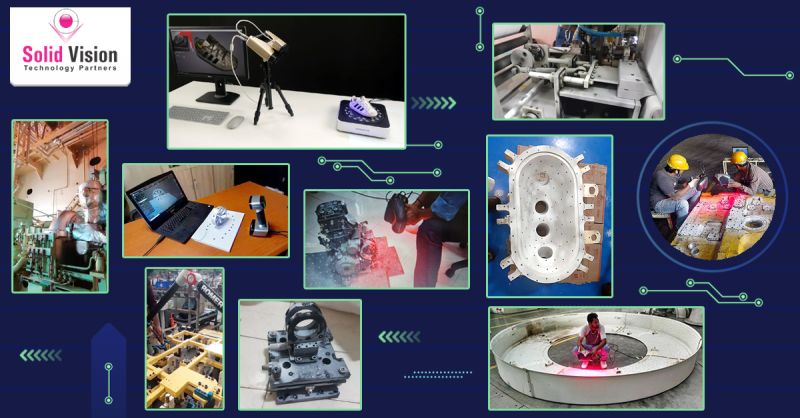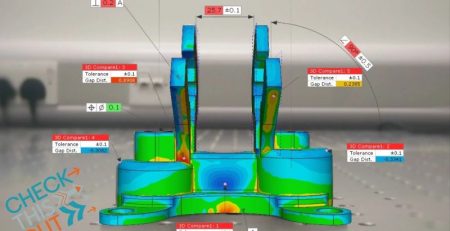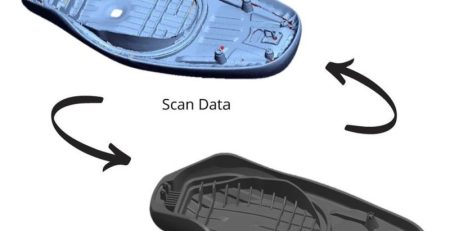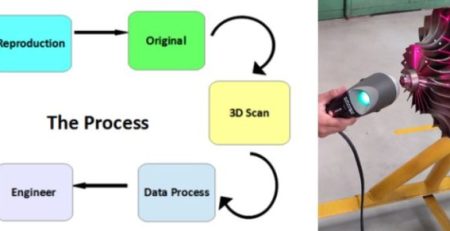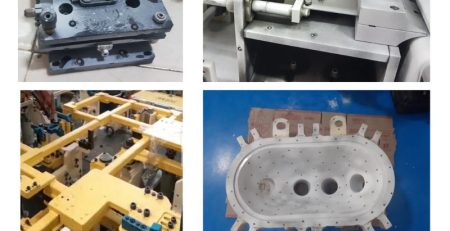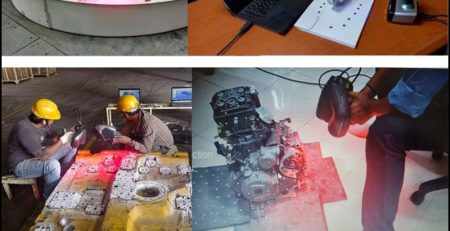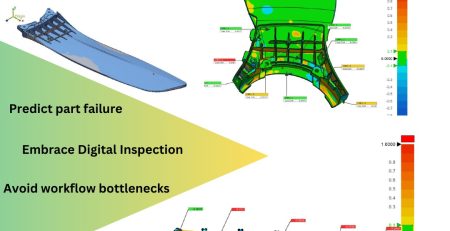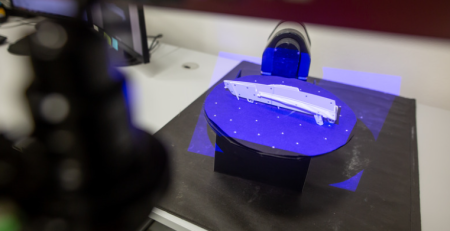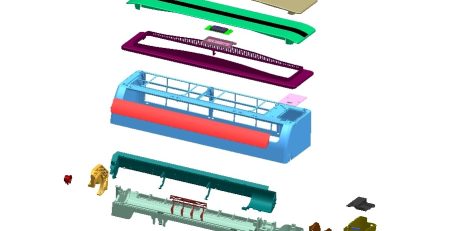White and Blue Light Scanners: Advancing Precision 3D Imaging :
Scanners that operate on both white and blue light have emerged as a powerful technological innovation in the field of 3D imaging and metrology. Combining the benefits of both light sources, these scanners offer enhanced accuracy, improved data capture speed, and expanded applications in various industries.
How White and Blue Light Scanners Work: White and blue light scanners utilize structured light technology to capture 3D data. When the scanner projects light patterns onto an object, the object’s surface deforms the light patterns in a unique manner. The scanner’s cameras capture these distortions, and sophisticated software processes the information to generate a detailed 3D model of the object.
Advantages of White and Blue Light Scanners:
Enhanced Accuracy: The combination of white and blue light allows for more precise data capture. Blue light has a shorter wavelength than white light, which helps in capturing finer details and complex geometries, ensuring a more accurate representation of the scanned object.
Faster Data Capture: White and blue light scanners can acquire data at a faster rate compared to scanners using other light sources. The rapid data capture speeds enable efficient scanning of large objects or complex scenes, reducing scanning time and overall project duration.
Reduction of Ambient Interference: White and blue light scanners are less susceptible to ambient light interference. The blue light spectrum is less common in typical environments, minimizing the potential for unwanted reflections and improving data accuracy.
Greater Versatility: These scanners offer versatility in scanning various materials, including highly reflective surfaces. The combination of white and blue light reduces the limitations of scanning specific object types, making them suitable for a broader range of applications.
Applications in Various Industries: Industrial Metrology: White and blue light scanners find extensive use in quality control and inspection processes across manufacturing industries. They facilitate dimensional analysis, part-to-CAD comparison, and reverse engineering applications with high precision.
Art and Heritage Preservation: These scanners contribute to the preservation of cultural artifacts, sculptures, and historical monuments.
Aerospace and Automotive: White and blue light scanners are valuable tools for inspecting complex components and assemblies in aerospace and automotive industries. They help identify defects, deviations, and surface imperfections in critical parts.
Conclusion:
White and blue light scanners represent a significant advancement in 3D imaging technology, offering a powerful combination of accuracy, speed, and versatility. As technology continues to evolve, we can expect further refinements and new applications for these advanced scanning solutions.
#3dscanning #3dscanner #reverseengineering #3dinspection www.solidvision.in

